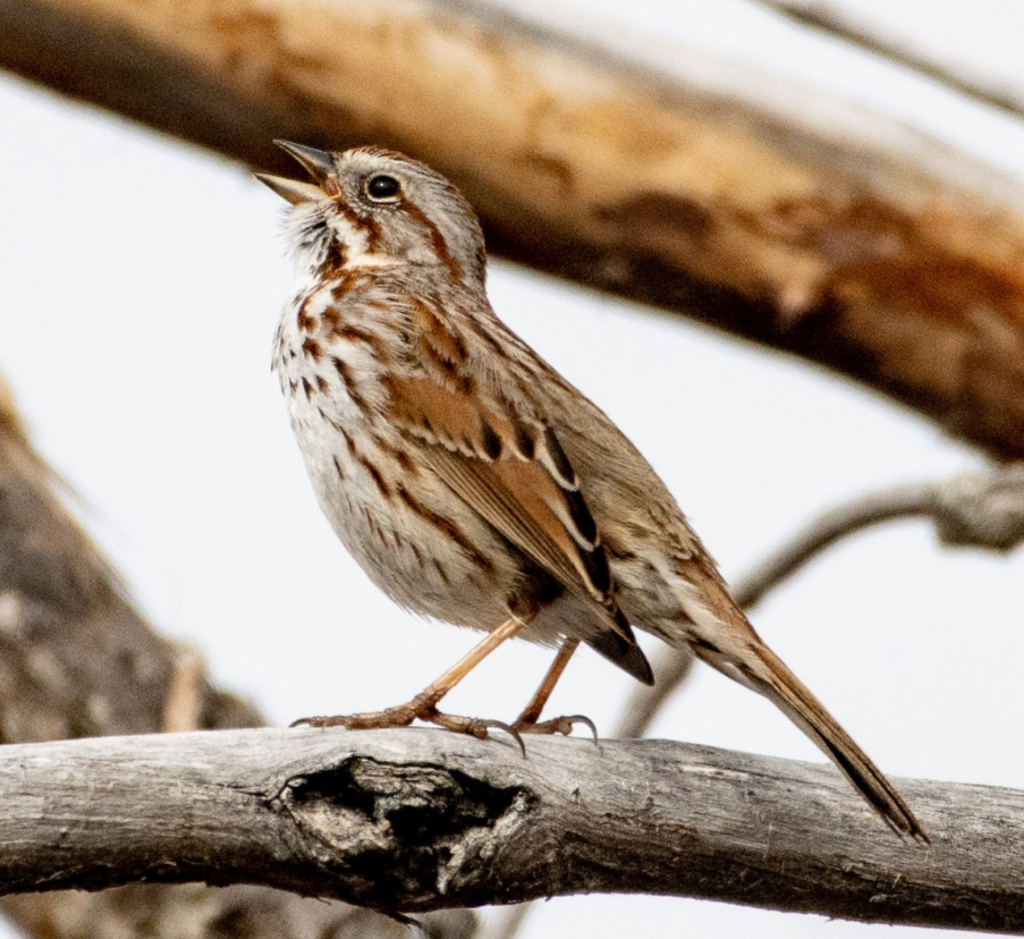
Photo Credit: Louisa Evers
Louisa Evers first stumbled upon the Intermountain Bird Observatory down by the Boise River. She was walking on the greenbelt and caught a glimpse of Intermountain Bird Observatory researchers catching local birds. Intrigued and moved by her lifelong passion for birdwatching, Louisa walked down to the river bank to join them.
The researchers were banding—the practice of placing non-intrusive metal rings around birds’ legs to support tracking and research efforts. “I asked if there was anything I could do to help,” Louisa said. As luck would have it, they needed some help recording data on the birds they brought in. And so, Louisa’s fulfilling relationship with the Intermountain Bird Observatory began.
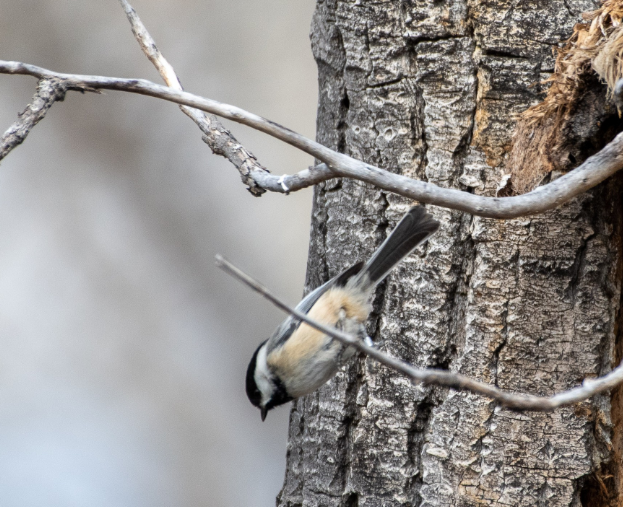
Photo Credit: Louisa Evers
Since that chance meeting, she has continued volunteering her time and supporting bird banding activities as a data recorder. “It helps the researchers focus a little bit more on getting the data and assessing the bird”, she said.
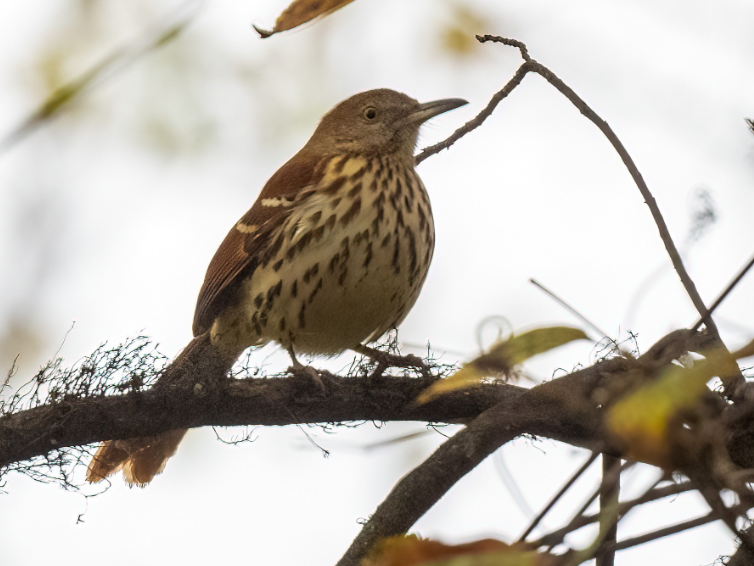
The role has given her an opportunity to get up close and personal with all the birds that come through Intermountain Bird Observatory sites. “They’ll occasionally catch a rare bird,” Louisa said. “This past spring we saw a Brown Thrasher, which is an Eastern bird.”
Louisa’s interest in birds goes back a long way. “My Great Aunt Carolyn got me interested in birding when I was a kid,” she said. “She was very much into the natural world.”
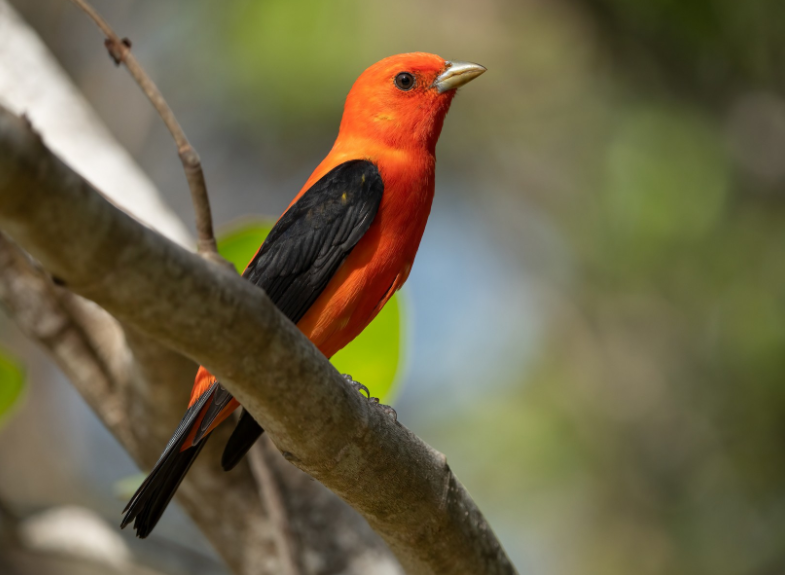
Photo Credit: Darren Clark
Louisa recalled one experience with a rare bird from her childhood. “One day in our yard—this was in east Tennessee, I saw a Scarlet Tanager. That was the only time I saw one.” The beautiful bright red songbird stuck with Louisa and she has maintained an interest in birding throughout her life.
That interest drove Louisa to speak with researchers on the Boise River at the start of her volunteer work. It has also motivated her to include a generous gift to the Intermountain Bird Observatory through her estate planning.
Louisa’s gift will establish an endowment to support the Intermountain Bird Observatory’s greatest needs each year.
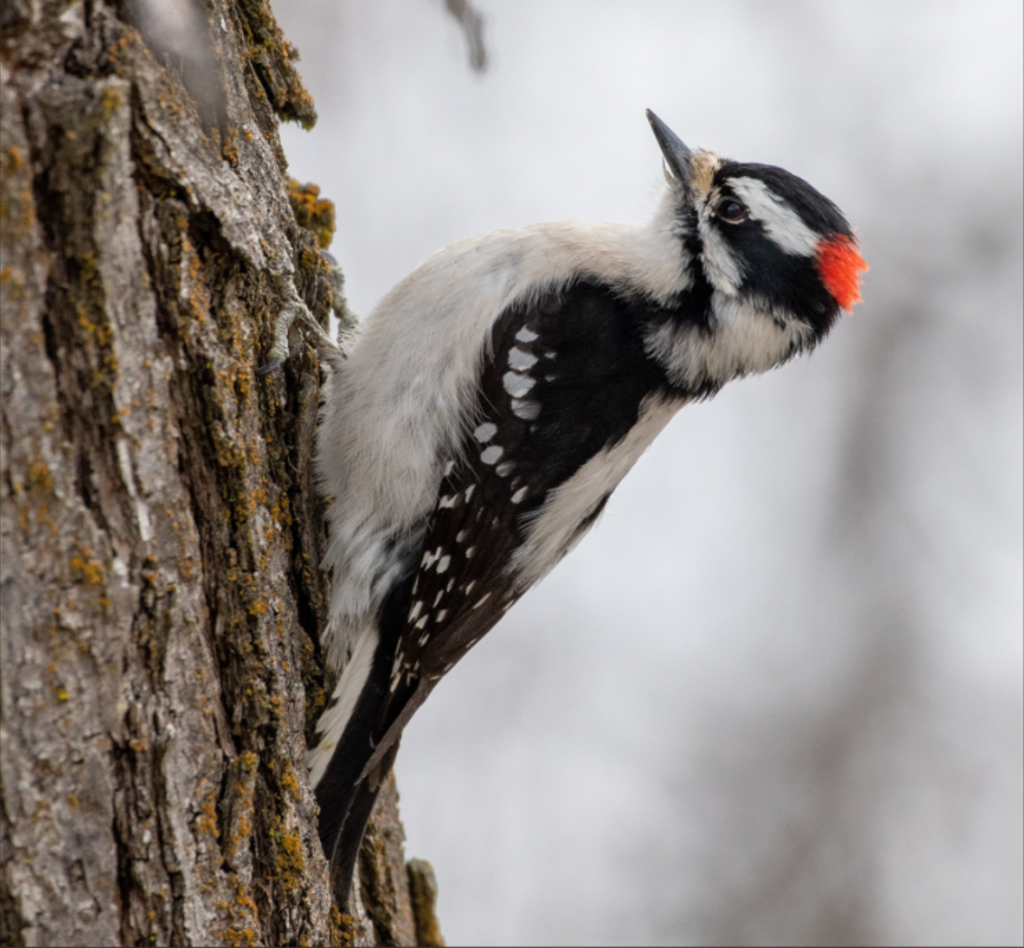
This includes the research mission, the educational outreach program, and other needs as they vary each year. For example, this year the IBO may have an abundance of one-time costs to rebuild operations after the Valley Fire which burned through the observatory’s Lucky Peak site in early October.
In addition to Louisa’s planned gift, she remains a loyal volunteer for the IBO.
According to Greg Kaltenecker, Intermountain Bird Observatory’s Director, “Louisa’s role as a volunteer has been valued for a long time, but she also provided insight and guidance after the Valley Fire as we discussed future safety protocols related to fire. Louisa holds a PhD in Ecology and is an expert on the topics of fire and fire behavior.”
The Intermountain Bird Observatory plays a crucial role in Boise’s scientific community, but also operates in four other countries and eight other states. It contributes to bird conservation through a unique combination of cooperative research, education, discovery of the natural world and community engagement.